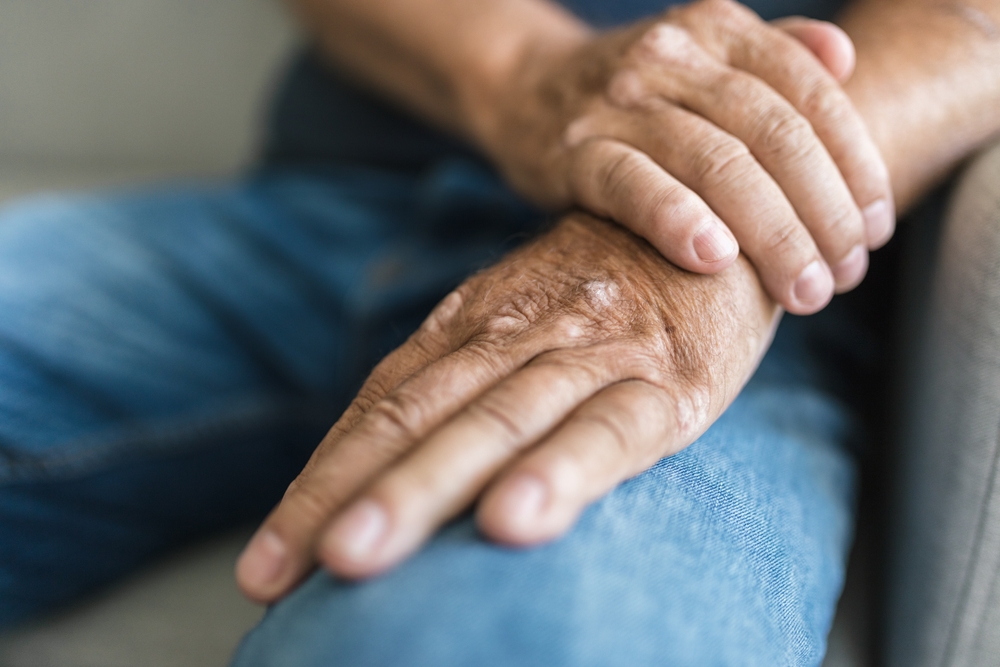Psoriasis affects about one percent of the population in North America. Psoriatic arthritis is an inflammatory arthritis seen in 4 to 6 percent of patients with psoriasis.
The exact etiology of psoriatic arthritis is unclear. Genetic, immunologic and environmental elements are thought to play a role in the perpetuation of the inflammatory process. Psoriasis and psoriatic arthritis have a familial clustering. The disease is much more likely to occur in first-degree relatives of affected individuals than in the general population or in spouses.
Psoriatic arthritis is an inflammatory disease with articular and extra-articular features. The onset of arthritis is usually insidious, but it can occur acutely. There are five general patterns of psoriatic arthritis:
1. Arthritis of the distal interphalangeal joints
2. Destructive (mutilans) arthritis
3. Symmetric polyarthritis indistinguishable from rheumatoid arthritis
4. Asymmetric oligoarthritis
5. Spondyloarthropathy
Most patients with psoriatic arthritis present with polyarthritis. All peripheral joints may be involved in psoriatic arthritis. Spondyloarthropathy alone occurs in only 2 to 4 percent of the patients. Moreover, it is clear that patterns of psoriatic arthritis are not permanent. More than 60 percent change from their initial presentation. A patient may begin with a polyarticular pattern evolving into a disease with only a few joints involved.
Patients usually present with pain and swelling in the affected joints. The joints may be erythematous. Patients with psoriatic arthritis have been found to be less tender than patients with rheumatoid arthritis. 53 percent of patients with polyarticular disease tend to demonstrate symmetry. There is no direct relation between the severity of skin lesions and the degree of joint inflammation in psoriatic arthritis.
Spondyloarthropathy develops in 20 to 40 percent of the patients, but rarely is detected at the onset of disease. It tends to affect men and older patients and begins later in the course of the disease.
Other clinical features of psoriatic arthritis include dactylitis (swelling of an entire digit), tenosynovitis (swelling of a tendon), and enthesitis (swelling of a tendon at its insertion into a bone).
The course of psoriatic arthritis is usually characterized by flares and remissions. No diagnostic or classification criteria for psoriatic arthritis exist. The diagnosis is usually made when a patient with psoriasis presents with features of an inflammatory arthritis.
The treatment of psoriatic arthritis is directed at controlling the inflammatory process. The skin and joint aspects of the disease need to be treated simultaneously. Initial treatment is with non-steroidal anti-inflammatory drugs. In individuals whose arthritis is persistent, disease modifying antirheumatic drugs should be used.

